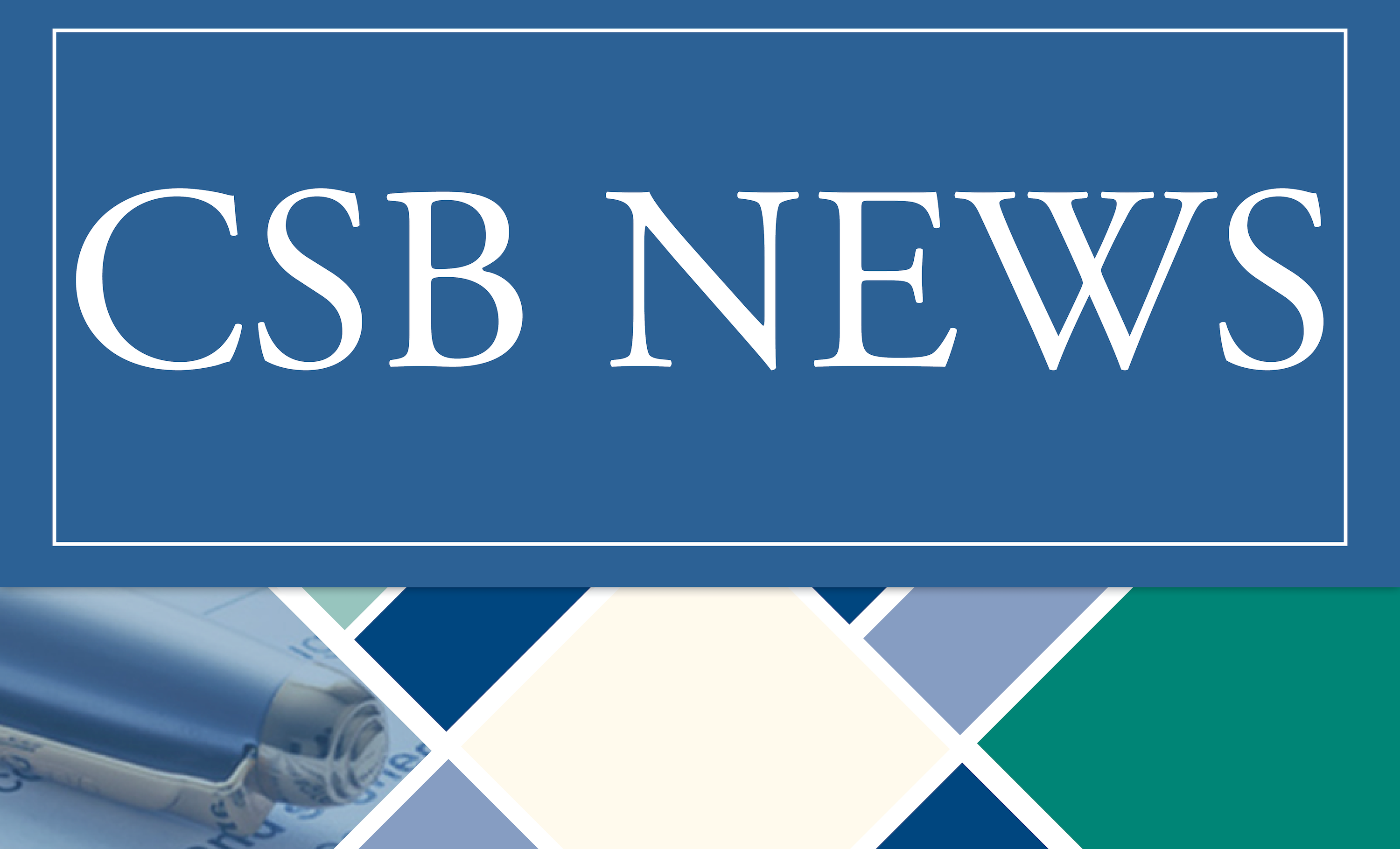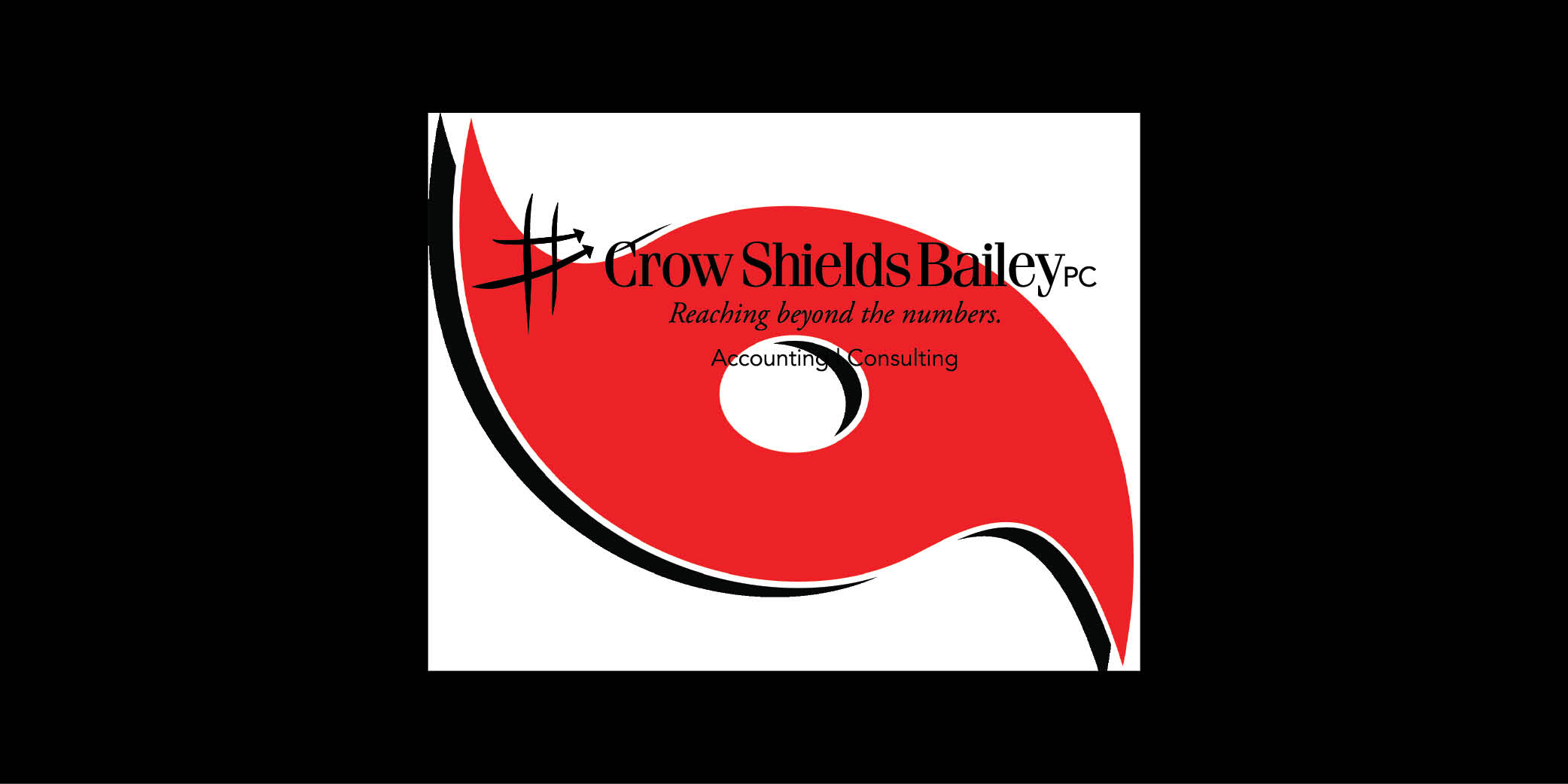Celebrating a Significant Achievement for Alex Martin & CSB!

“I’m very thankful for the opportunity to join an incredible leadership team at CSB. The support and mentorship they’ve shown over the course of my career has been invaluable. With our talented, dedicated team, our firm will continue to maximize our clients’ wealth and be good stewards of the gulf coast community.”
Crow Shields Bailey PC is thrilled to announce the continued growth of our leadership team. With excitement and pride, we congratulate Alex Martin on reaching the significant milestone of becoming a firm Shareholder. Alex will continue to bring a wealth of experience, dedication, and a passion for innovation to our firm. As we welcome Alex to this new role, we look forward to the continued evolution and success that will undoubtedly follow.
As we embark on this new chapter with Alex as a Shareholder, we invite you to join us in congratulating him on this well-deserved achievement. Alex enriched our team for six years before venturing into a CFO role within the manufacturing industry, achieving six impactful years of invaluable experience. Now, with a wealth of knowledge and seasoned expertise, Alex assumes a pivotal role in guiding our team.
His commitment to excellence and alignment with our core values of Innovation, Teamwork, Integrity, Community, Client-Focused and Work-Life Integration make him an invaluable addition to our leadership team.
Here’s to continued success and growth!
Dive into the Q&A below to discover the depth of his passion and dedication.
Q & A
What is your favorite thing about working for CSB?
My favorite part of CSB is having the opportunity to provide value to a diverse set of clients while working with a talented team of individuals who are all committed to serving our clients well. The leadership at CSB has brought together a group of high character people who love to work hard and have a good time while doing it.
Can you share a memorable experience or challenge from your journey in the accounting profession?
I spent the first 6 years of my career as an auditor with CSB. One of the challenges that stands out was in the aftermath of the BP Oil Spill in April of 2010. CSB was heavily involved in the claims process that followed, and eventually I was tasked with leading the efforts internally. It was a crash course in managing client expectations, interpreting and analyzing data, and developing internal controls. In my role as an industry CFO, we expanded our operations to overseas markets beginning in 2019. That brought interesting challenges as we had to build our import/export infrastructure, learn regulations by country, and navigate complex deals often with a language barrier. It was a very rewarding experience.
If you could go back, what would you tell yourself as an intern?
If I could go back, I would tell myself to give yourself a break and focus on being a sponge. Accounting encompasses so many different aspects that cannot be learned overnight. It must be learned through experience, by making mistakes and learning from them, and being open to advice and mentorship. Knowledge compounds over time, so I would tell myself to take Warren Buffet’s advice and strive to “go to bed smarter than when you woke up.”
Outside of work, what are your passions or hobbies to unwind and recharge?
I enjoy spending time with my two young sons – playing sports with them, coaching soccer, and going on weekend adventures. I also enjoy reading, writing, listening to a wide range of podcasts, golfing (although poorly), enjoying craft beers with my buddies, and weekend getaways with my wife.
What aspect of the accounting industry excites you the most?
Public accounting is poised for explosive growth in the coming years. The changing technological environment with cloud-based platforms and artificial intelligence is fundamentally changing how we prepare tax returns, perform audits, and provide monthly accounting services to our clients. The firms that embrace these trends will succeed. The firms that don’t, won’t. In particular, the growth of outsourced/fractional accounting/CFO models is what excites me the most (and the driving reason I returned to public accounting). A small to mid-size, growing business can leverage the knowledge of not just one person, but an entire team of experienced accountants and CPAs by outsourcing their accounting/CFO function. This is a model that is not only cost effective for the small business, but more importantly drives a very high return on their investment.
In your opinion, what are the key qualities that make an accountant successful?
Accounting is a very broad and diverse profession. There are many ways to be successful in this field. If I could boil it down to a few big picture points, I would say that to be a good accountant, you have to enjoy and be comfortable being in the weeds. You must deeply understand the books of your client before you can advise them appropriately, and that takes an investment of your time in the details. After understanding the details, you have to be able to zoom out and see how it all fits in with the grand strategy of the enterprise as a whole. How will your analysis and recommendations impact other functions of the business – operations, finance, personnel, etc.? Lastly, and probably most importantly, the most successful accountants in today’s environment are highly effective communicators. You can understand the details of the business, you can understand how it fits (or doesn’t) with the overall strategy of the business, but if you can’t communicate that in a way that resonates with management, your effectiveness is limited.
Same question, but what are some qualities that make a successful leader?
Leadership and understanding what makes an effective leader is an area I am very passionate about. Leadership isn’t a choice – we are all called to be leaders in some form or fashion in our lives. The choice is whether or not to be a good leader. Good leadership is about accountability first and foremost – taking ownership for all mistakes and giving away praise and accolades for any success to the team. The second aspect of good leadership is empathy. Understanding that every person has a different background and path to where they are today, and that good leadership often requires flexibility in approach depending on those individual circumstances. Lastly, good leadership requires effective communication. You have to be able to communicate expectations, give constructive feedback, and maintain an open-door policy.
Can you highlight a few professional achievements or milestones that you’re especially proud of in your career?
I very much enjoyed my time as a CFO in the manufacturing space. We took a small company that was relatively unknown and grew it tremendously over 6 years through a series of strategic investments in new lines of business and capacity. Ultimately, we grew revenue by 10x over the period, grew margins, expanded both sales and purchasing into international markets, and received recognition at the state, national, and international levels for our efforts. Along the way I had the opportunity to work with national accounting firms, investment bankers, and private equity groups – experience that translates very well to my role here at the firm. In the last year back at the firm, I’m very proud of the team we’ve assembled and the processes we’ve streamlined to ensure the foundation is set for future growth.
How do you believe your personal values align with the values of Crow Shields Bailey PC?
We have a leadership team who share and are committed to the core values of innovation, teamwork, integrity, community, client-focused and work-life integration. Those values resonate not only with me, but with anyone striving to (1) build a meaningful career, (2) be present in family life, and (3), be good stewards of our community. I couldn’t ask for a better fit.
Share Article:
Recommended Posts
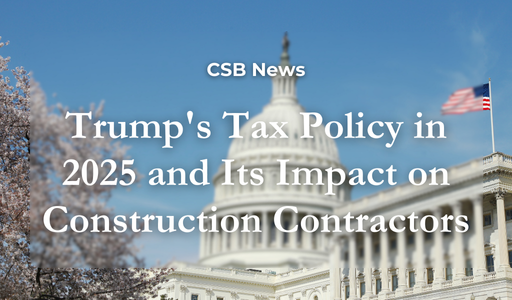
Trump’s Tax Policy in 2025 and Its Impact on Construction Contractors

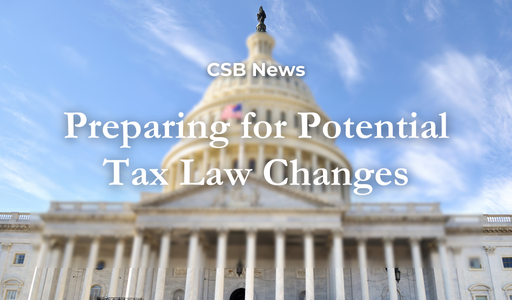





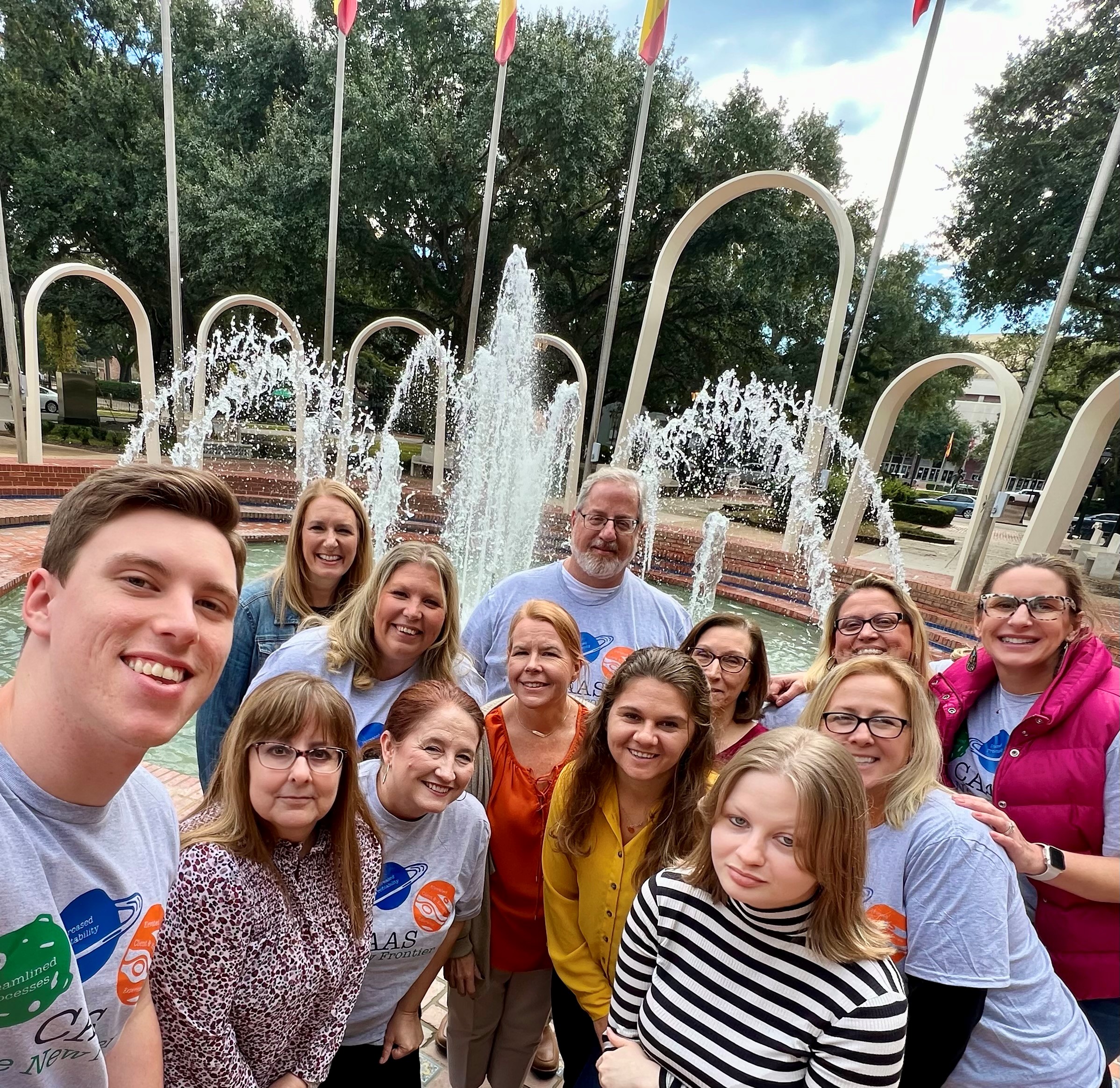
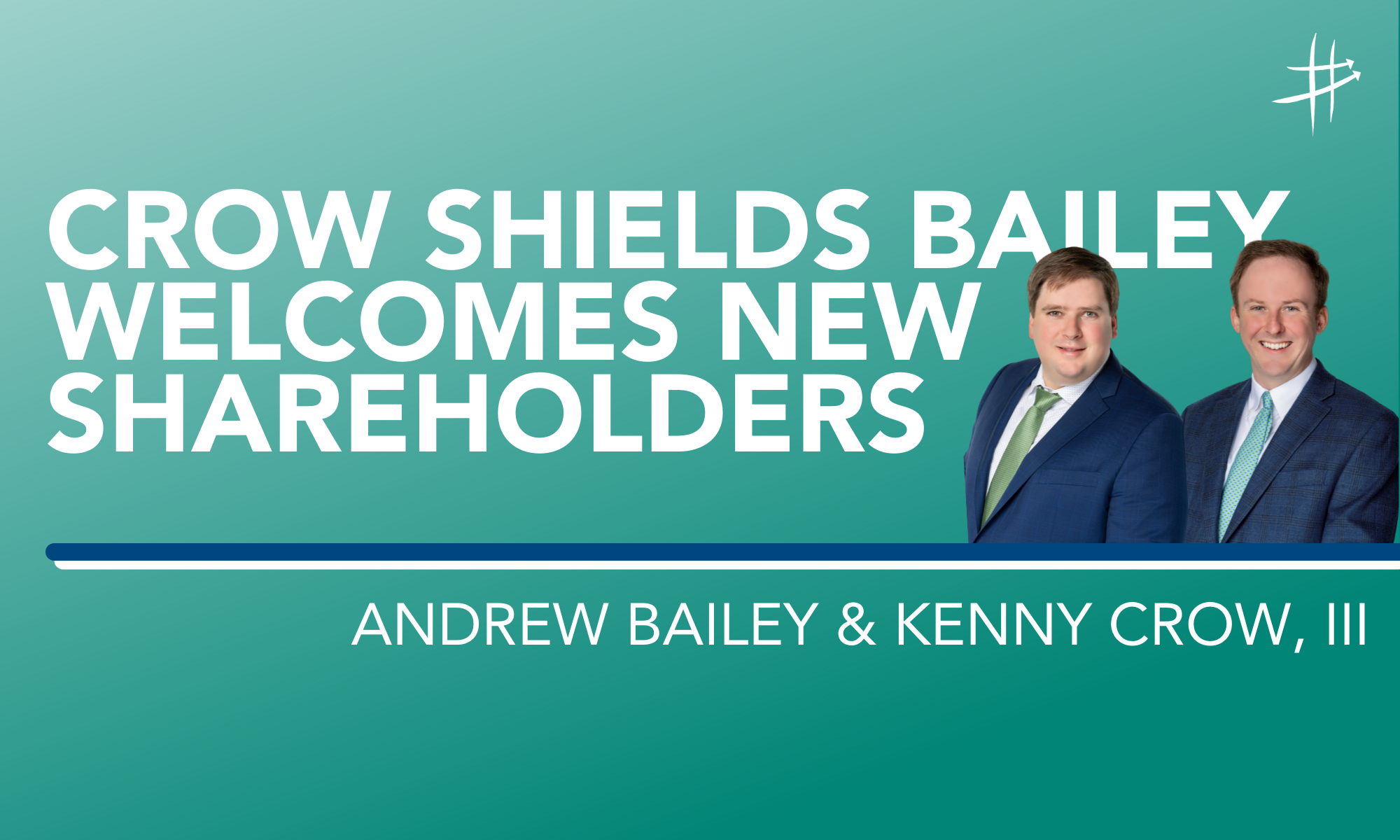

 August 23, 2021
August 23, 2021